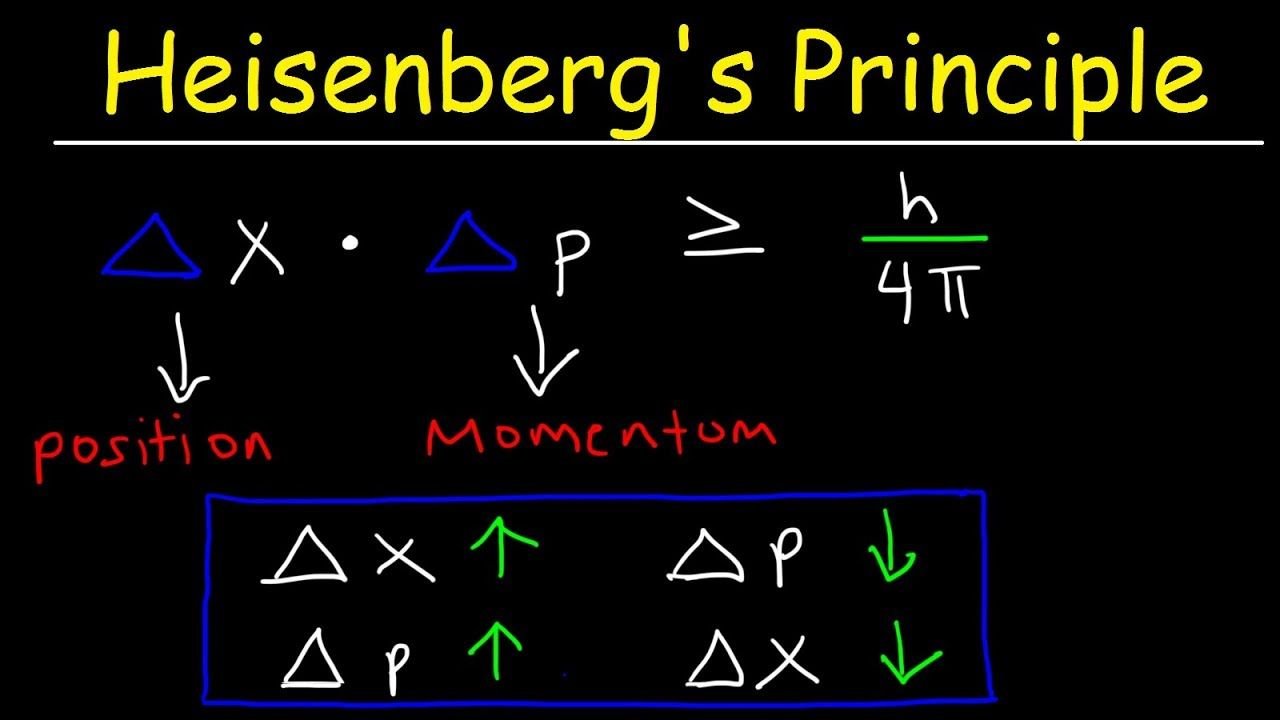Why Heisenberg’s Uncertainty Principle Occurs

I must admit that since first hearing about string theory, many moons ago, I was highly skeptical and basically poo-pooed it. Ah, here we go… We don’t understand something, so we’re going to attribute some bizarre hypothesis… So yes, not a real fan. But today when I happened upon this video, I nodded to its existence and thought, maybe, just maybe I’ll give it another chance. So, hats off to Astrum; you may be slowly bringing around a skeptic.
And below is a reply to the video from a viewer on YT.
General relativity and quantum mechanics will never be combined until we realize that we are observing them at different moments in time. Because causality has a speed limit (c) every point in space where you observe it from will be the closest to the present moment. When we look out into the universe, we see the past which is made of particles (GR). When we try to look at smaller and smaller sizes and distances, we are actually looking closer and closer to the present moment (QM). The wave property of particles appears when we start looking into the future of that particle. It is a probability wave because the future is probabilistic. Wave function collapse is what we perceive as the present moment and is what divides the past from the future. GR is making measurements in the observed past and therefore, predictable. QM is attempting to make measurements of the unobserved future and therefore, unpredictable.
@binbots response to this video on YouTube
Interesting take. I see where you’re going with this; because quantum mechanics deals with the future and therefore is unpredictable. While general relativity deals with the past, therefore it can be quantified. That makes perfect sense – and therefore the twain shall never meet.

Leave a Reply
You must be logged in to post a comment.